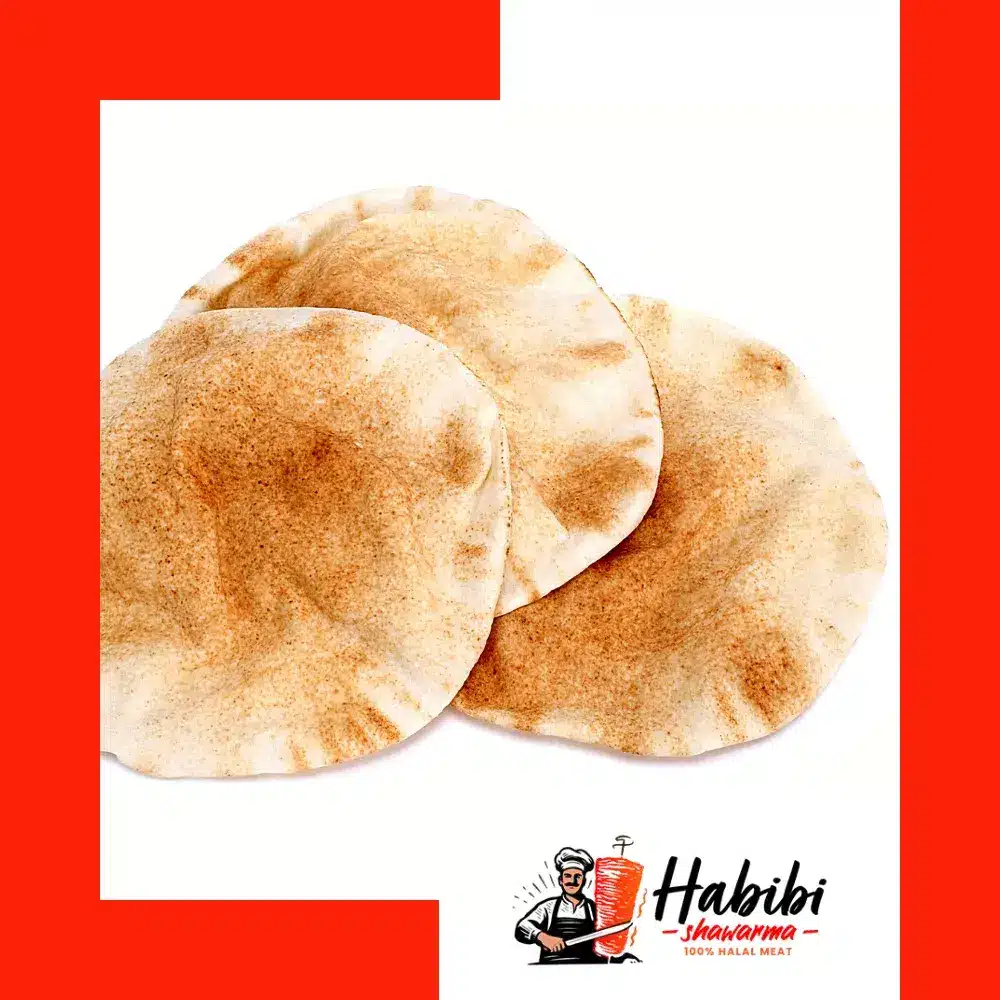A Rich Cultural Heritage
Pita bread, known for its soft, pocketed structure, is a symbol of Middle Eastern culinary tradition that has been cherished for centuries. Tracing its origins back to ancient times, this versatile flatbread holds deep cultural significance in the daily lives of the region’s people. From Egypt to Lebanon, pita bread plays a fundamental role in meals, reflecting the agricultural and societal evolution of Middle Eastern civilizations. Its ancient roots are intertwined with the early cultivation of wheat and barley, making it a vital part of the region’s food history.
The Journey from Ancient Grains to Modern Kitchens
The process of creating pita bread has evolved over time, but its essential elements remain tied to traditional methods. Ancient Middle Eastern societies relied on grains like emmer and einkorn to create their first bread-like products. As agriculture progressed, so did the techniques used to bake these flatbreads, eventually leading to the creation of pita’s signature pocket. This innovation allowed the bread to be filled with a variety of ingredients, turning it into a complete meal or snack. Pita’s adaptability made it a staple food in many households across the region.
The Symbol of Hospitality and Togetherness
In Middle Eastern culture, food symbolizes hospitality and community, and pita bread is no exception. Whether served alongside a dish of hummus, used to wrap kebabs, or paired with falafel, pita bread acts as a communal offering, inviting people to share meals and bond over food. Its wide-reaching presence in Middle Eastern cuisine is a testament to its versatility, with variations found across the Arab world, Turkey, and even Greece. Each region may bake its version, but the core of pita remains the same—nourishing, comforting, and integral to the dining experience.
Pita Bread’s Global Rise
Though deeply rooted in Middle Eastern cuisine, pita bread’s journey has expanded beyond its geographical borders. In modern times, it has become a beloved component of global cuisine, especially in Mediterranean-inspired diets. Today, pita is widely available in supermarkets and bakeries around the world, reflecting the growing appreciation for Middle Eastern flavors and traditions. This humble bread, once baked in stone ovens in villages, has found its place in contemporary culinary trends, including health-conscious diets that value whole grains and low-calorie options.
Pita bread’s remarkable history and transformation speak to its enduring place in both traditional and modern diets. What began as a simple flatbread in the Middle East has grown into a global culinary icon, loved for its versatility, flavor, and cultural importance.
Learn More
The Evolution of Pita Bread: From Ancient Times to Modern Kitchens

